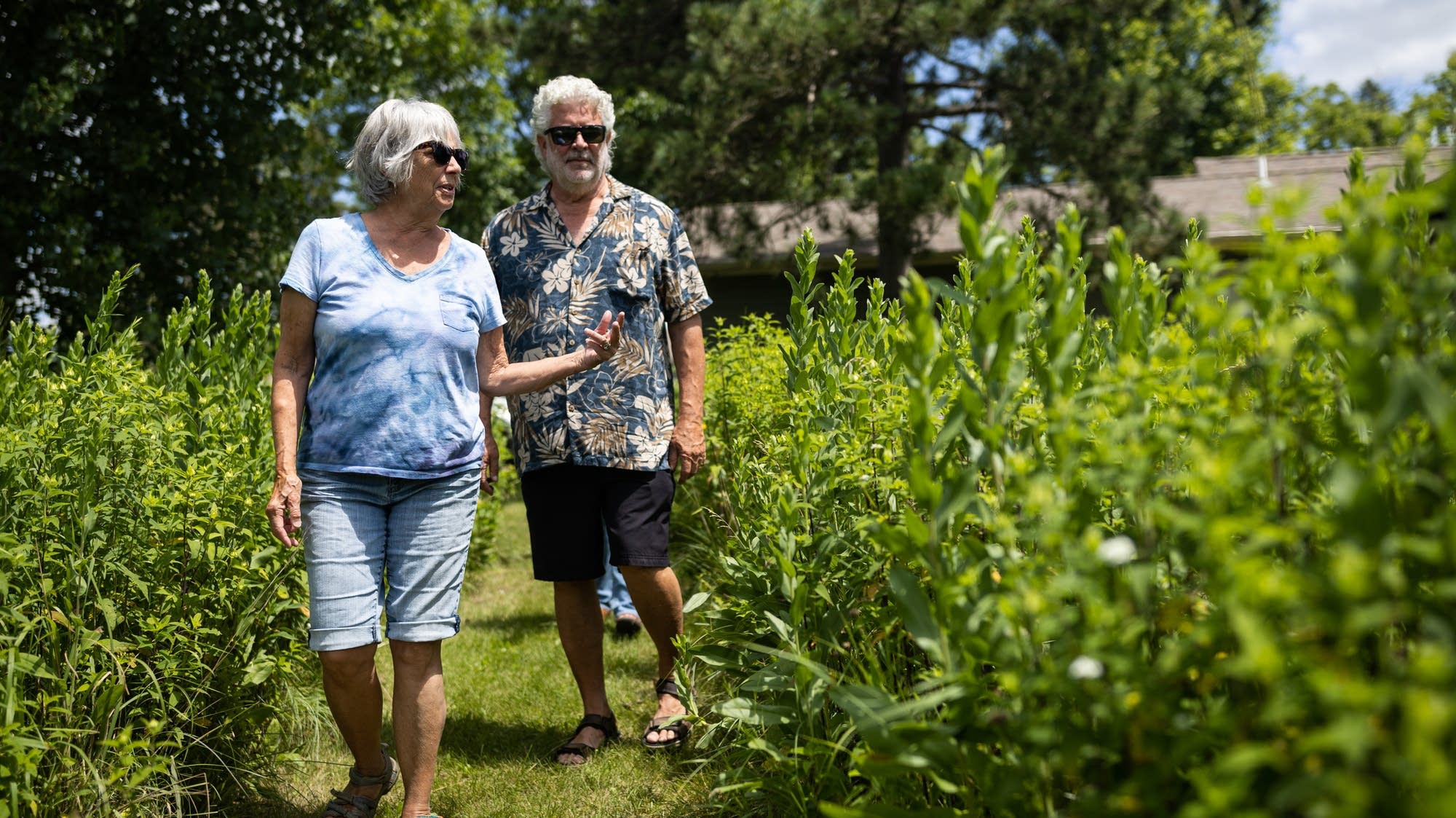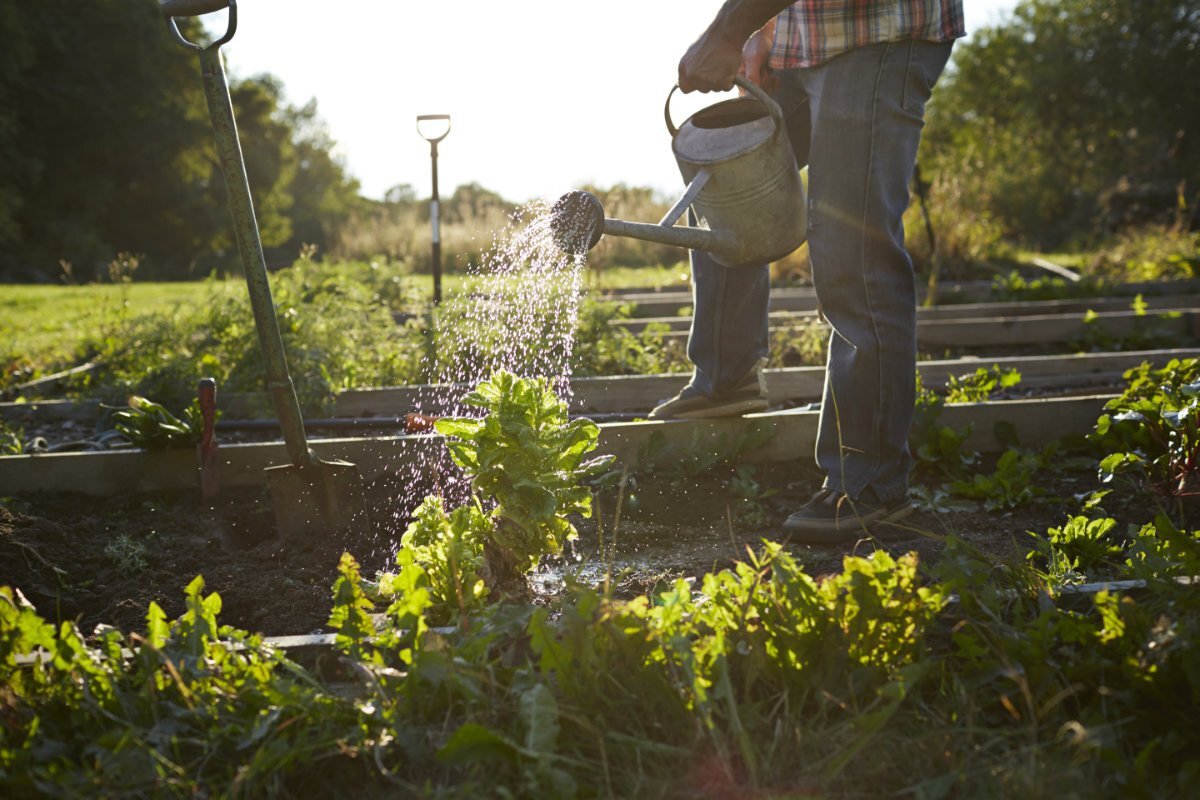No Lawns
I've seen 2 new awesome resources pop up in the comments this week (I haven't added them to the list yet my personal life is chaos right now). I'd love to know if you guys have come across any other books, websites, videos etc that you find very useful and informative to add to the list. [Here](https://nolawns.wixsite.com/nolawns/native-plants-resources-by-country) is the current list of resources. I'd love to get as many resources as possible outside the US.
> Gardening is not so much about following rules, says Rebecca McMackin, as it is about following rules of observation. For Ms. McMackin, the director of horticulture at the 85-acre Brooklyn Bridge Park, that means keeping in mind goals that will support wildlife in the garden, and the greater ecology. > > >Rather than following the common practice of planting and transplanting in spring, for instance, she suggests shifting virtually all of that activity to autumn — and not cutting back most perennials as the season winds down. cross-posted from: https://beehaw.org/post/16383867 >[ghostarchive link here](https://ghostarchive.org/archive/oUCHd)
Wild Ones: [Lifetime Honorary Director Lorrie Otto (1919-2010)](https://wildones.org/about/honorary-directors/lorrie-otto/)

Source with pictures of example soft landing gardens, plant lists tailored to the [North American Eastern Temperate Forests](https://bplant.org/region/8) can be found: https://www.pollinatorsnativeplants.com/softlandings.html --- Oaks are universally the top keystone trees that support moths and butterflies. Across the United States, more than 940 types of caterpillars feed on oaks (Quercus). Top genera: Oak, Willow, Cherry, Pines, Poplar Lepidoptera in image: Great oak dagger moth, Luna moth, Red-banded hairstreak, Eastern buck moth --- Many of the moths and butterflies that feed on oak trees must complete their life cycles in the duff and leaf litter (i.e., soft landings) near or beneath the tree, or below ground. Lepidoptera in image: Blinded sphinx moth, Juvenal's duskywing, Hog moth --- Creating soft landings under the dripline of oaks (as well as any other tree) invites all kinds of beneficial insects to complete their life cycles in your yard. A number of beneficial insects such as fireflies, bumble bees, beetles, and lacewings need soft landings to survive. Lepidoptera in image: Edwards hairstreak, Skiff moth, Pink-striped oakworm --- Planting intentional soft landings under keystone trees builds healthy soil, provides food for songbirds and pollinators, sequesters more carbon than turf grass, and reduces time spent mowing. Other ways to support insects that spend a phase of their life cycle beneath trees include eliminating landscape fabric and decreasing mowing to reduce soil compaction. --- DON'T FORGET TO LEAVE THE LEAVES UNDER YOUR TREES!
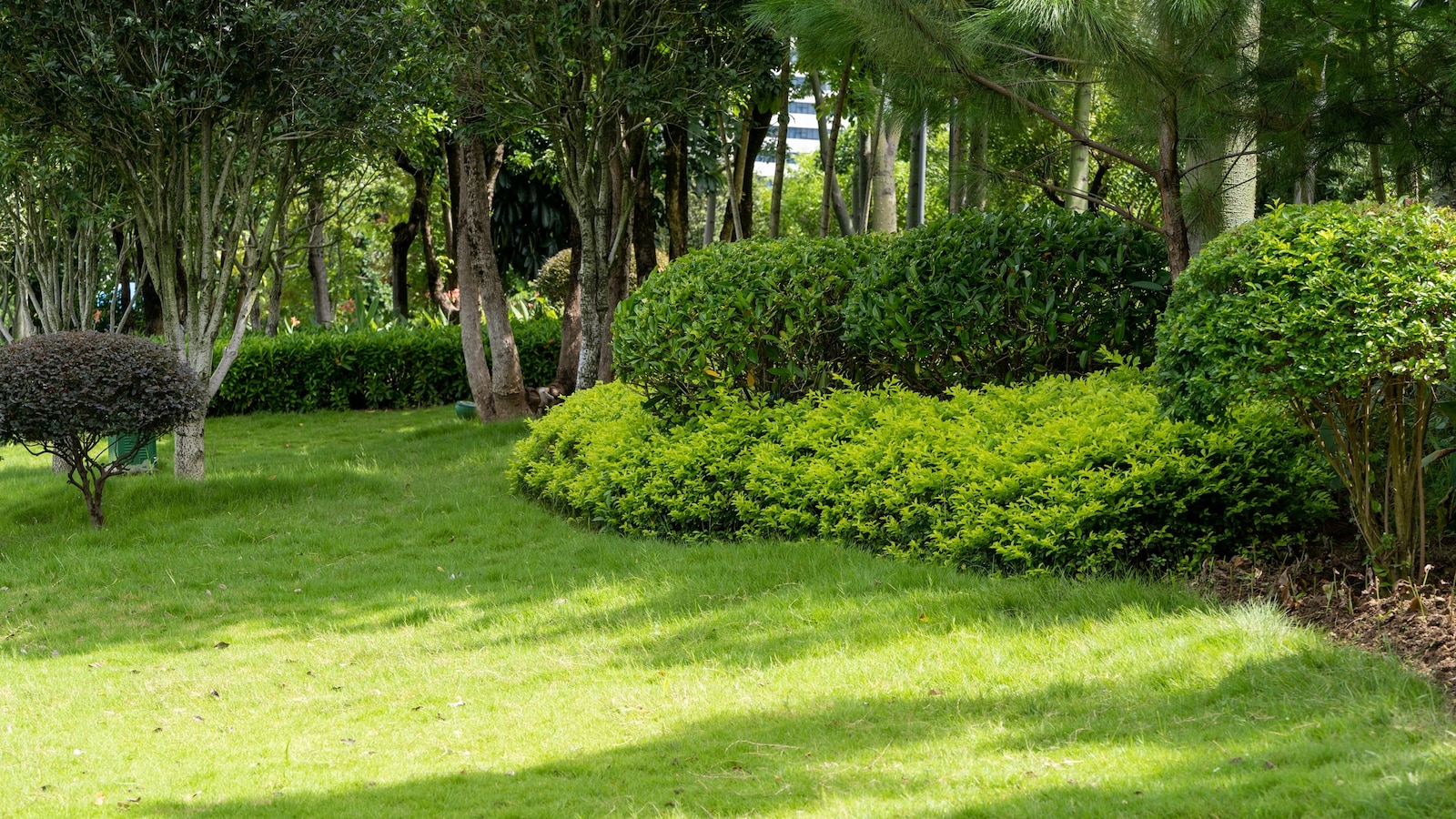 abcnews.go.com
abcnews.go.com
cross-posted from: https://lemmy.world/post/18672298 > The days of the perfect-looking yard -- often lawns that guzzle copious amounts of water to stay green -- may soon be gone. > > Homeowners are increasingly opting to "re-wilding" their homes, **incorporating native plants and decreasing the amount of lawn care to make their properties more sustainable and encourage natural ecosystems to recover**, according to Plan It Wild, a New York-based native landscape design company. > > About 30% of the water an average American family consumes is used for the outdoors, including activities such as watering lawns and gardens, according to the [U.S. Environmental Protection Agency](https://19january2017snapshot.epa.gov/www3/watersense/pubs/outdoor.html#:~:text=Reduce%20Your%20Outdoor%20Water%20Use,for%20watering%20lawns%20and%20gardens.). In the West, where water is absorbed almost immediately by the sun or thirsty vegetation, outdoor water usage can increase to an average of 60% for the average family. > > **As concerns for the environment -- as well as increasing utility bills** -- grow, so do homeowners' preferences for how they decorate their yards.
I'm in the Piedmont (South-east US) region with a hardiness zone of 8a. I have a large area of turf grass, and I want to plant native plants, attract butterflies, native insects, fireflies, all of it. I'm looking for trees, shrubs, small plants, anything would be nice to plant. Where do I start? I see a lot of different species online, but where can I get seeds for them to plant? Is planting from seeds a viable option for a beginner? Any help would be appreciated!
Interesting video on the nuances of the categories of native, non-native, naturalized, and invasive. While we tend to be pro-native species here because they are hugely undervalued by our current society, non-native species can also have their place in urban landscapes. Invasive species should be avoided however.
Guys, as the person who started no lawns on Reddit (and here) my yard is a disaster lol. I work outside all day and the last thing I want to do when I get home is yard work. That being said, I removed a bunch of invasives from my yard Monday and I'm working on a plan to tackle a corner of my yard the way I've always wanted to in NoLawns style with native plants. I'm always open to suggestions for the Chicago area!
Archived copies of the article: [archive.today](https://archive.ph/3seaw) [ghostarchive.org](https://ghostarchive.org/archive/MH71A)

cross-posted from: https://beehaw.org/post/15199305 > [alt text: Text that says, "People [say] 'I never see butterflies or lightning bugs in my yard. Their yard: (colon)". Below the text is a photo of a birds-eye view of a large house with an equally large yard. The lawn is covered in standard turfgrass (probably Kentucky bluegrass) that has been recently mowed.]

Huffin' the flowers has been a huge stress relief here in the [Southeastern USA Plains](https://bplant.org/region/33). The shrub on the right is buttonbush (Cephalanthus occidentalis). Flowers are: orange coneflower (Rudbeckia 'goldsturm'), sweet Joe-Pye (Eutrochium purpureum), anise hyssop (Agastache foeniculum), pokeberry (Phytolacca americana), and catmint (Nepeta × faassenii). Closer to the ground there's: wood sorrel (Oxalis sp.), three seeded mercury (Acalypha rhomboidea) and blue violets (Viola sororia). The empty space has wild stawberry (Fragaria virginiana) slowly creeping and a young little bluestem (Schizachyrium scoparium). The image below shows the opening of the rain garden where the runoff enters. Plants are 4 - 5 inches max. Here there's: Virginia pepper (Lepidium virginicum), blue violet (Viola sororia), wood sorrel (Oxalis sp.), nimblewill (Muhlenbergia schreberi), prostrate spurge? (Euphorbia sp.).  Also seen: white clover, creeping cinquefoil, and Bermuda grass.
 yt.artemislena.eu
yt.artemislena.eu
[Alternative Youtube Link](https://www.youtube.com/watch?v=bR5kIPwg6_Q)
I have a lawn fescue and Bermuda grass. I'd like go overseed with clover this fall but I'm concerned the Bermuda is going to choke anything else out. It isn't native here and it gets into everything. Killing my lawn first isn't really an option as the Bermuda will creep back in. How can I move toward a more sustainable yard with this awful Bermuda going wild?

Edit: ugh, the creator made this with AI
>Join Iowa attorney and business professor Rosanne Plante as she explains what to do if the “Weed Police” knock on your door! > >Most towns, cities, and other municipalities have weed ordinances (local law) concerning what is a weed, what is not defined as a weed in their jurisdiction, and what is allowed to be grown on the property of local citizens. How do you know if you are really in violation, or if your “flowers” just remind others of weeds? > >Rosanne presents a handy checklist to use if you are ever accused of breaking a weed ordinance. Many times, citizens are not in violation at all, but can use the citation or threat of a citation as a teaching moment for local government officials. > >As a past city attorney herself, Rosanne has extensive experience not only drafting city ordinances of all kinds but also prosecuting offenders. She truly knows what is needed to “prove up” a weed violation. > >Download a Sample Native Planting Ordinance: https://wildones.org/resources/
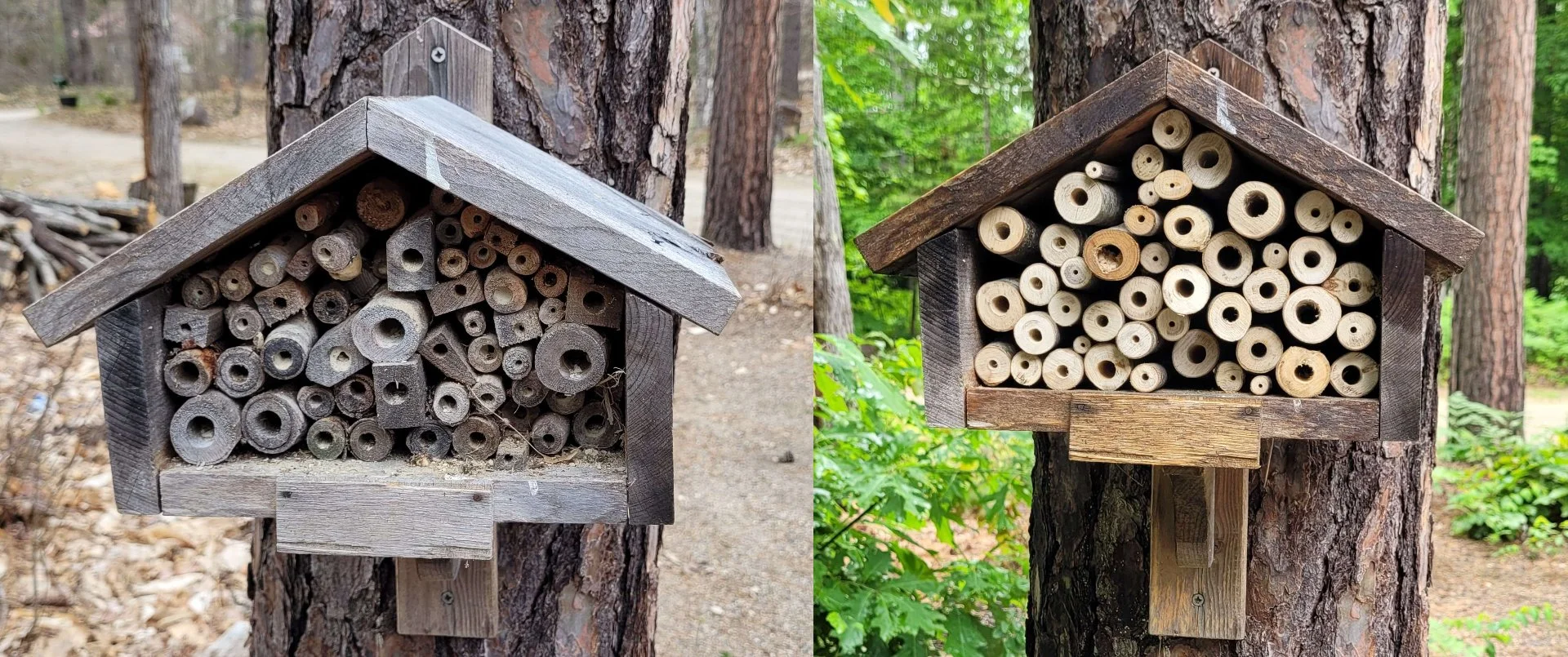 [I posted awhile back after making a home for solitary bees](https://slrpnk.net/post/903414), sharing that it had gotten some use. Its important to replace the sticks annually to prevent parasites from being passed from bee to bee as holes are reused. Thanks to some winter storms, we had lots of downed branches to clear, so I had no shortage of sticks available for use as future bee housing: 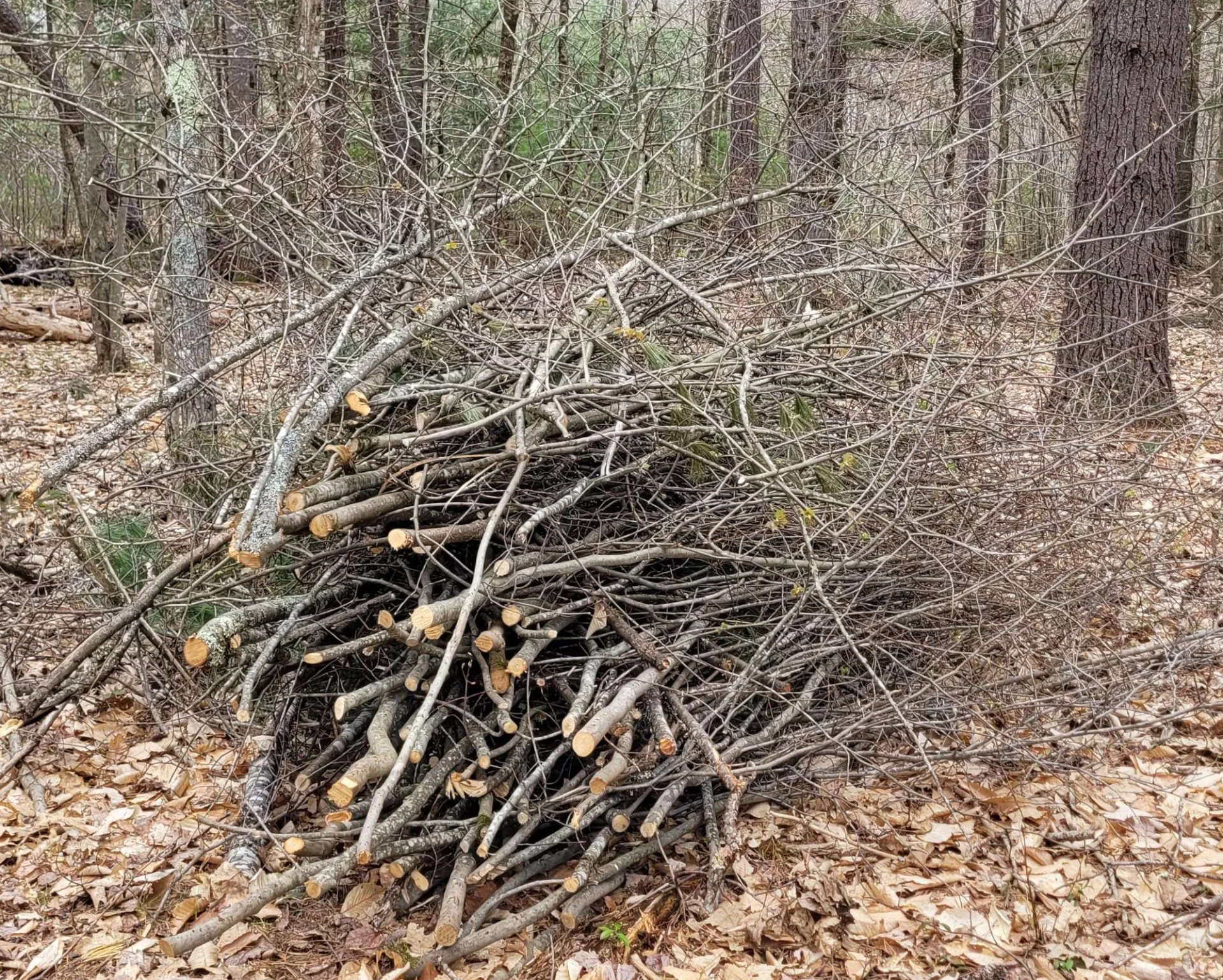 (One pile of many) The holes need to be between 5" and 6" deep, so I started cutting the sticks into 6.5"-ish lengths. 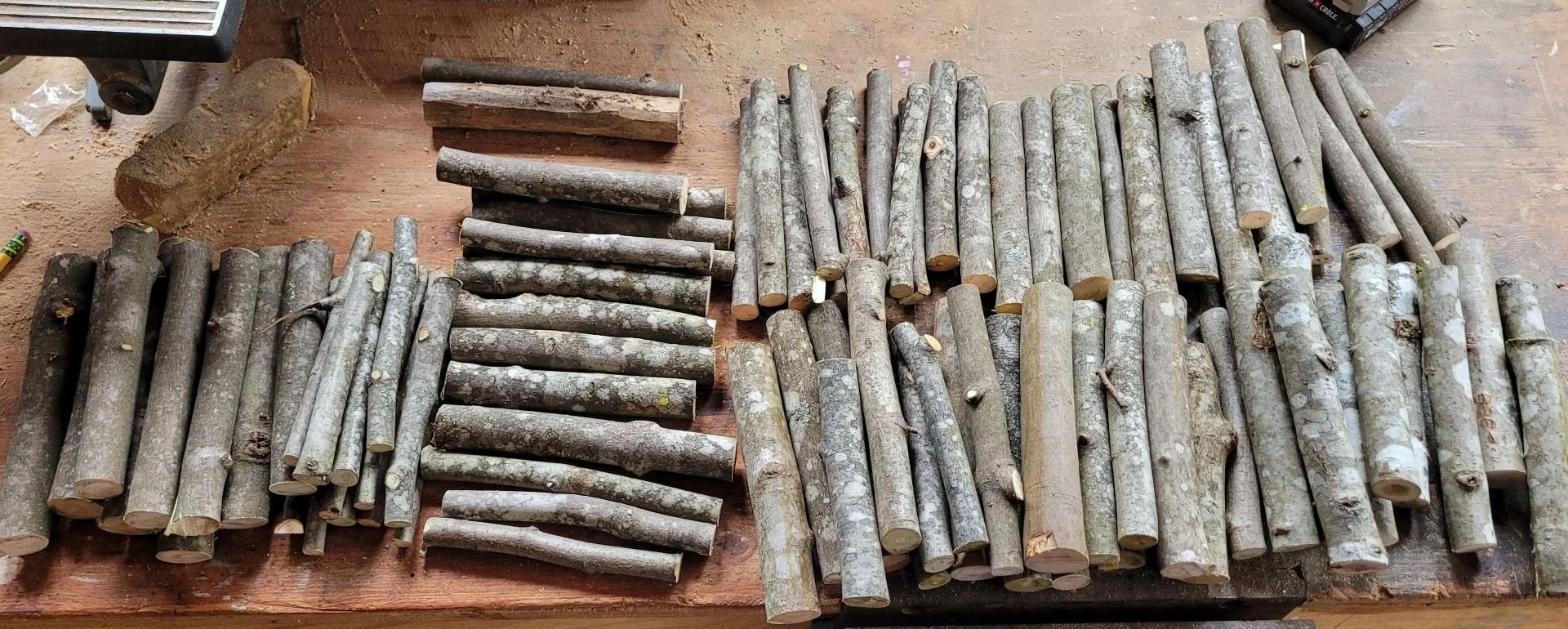 This doesn't look like much but it took a lot of eight-foot branches to make these piles. The next step was drilling holes. Different size bees need different diameter holes, so I read a few guides and picked out a range of drill bits between a metric #2 and a full half-inch (I don't think solitary bees care about unit standardization) to make sure any potential tenants can find a cozy caliber to call home.  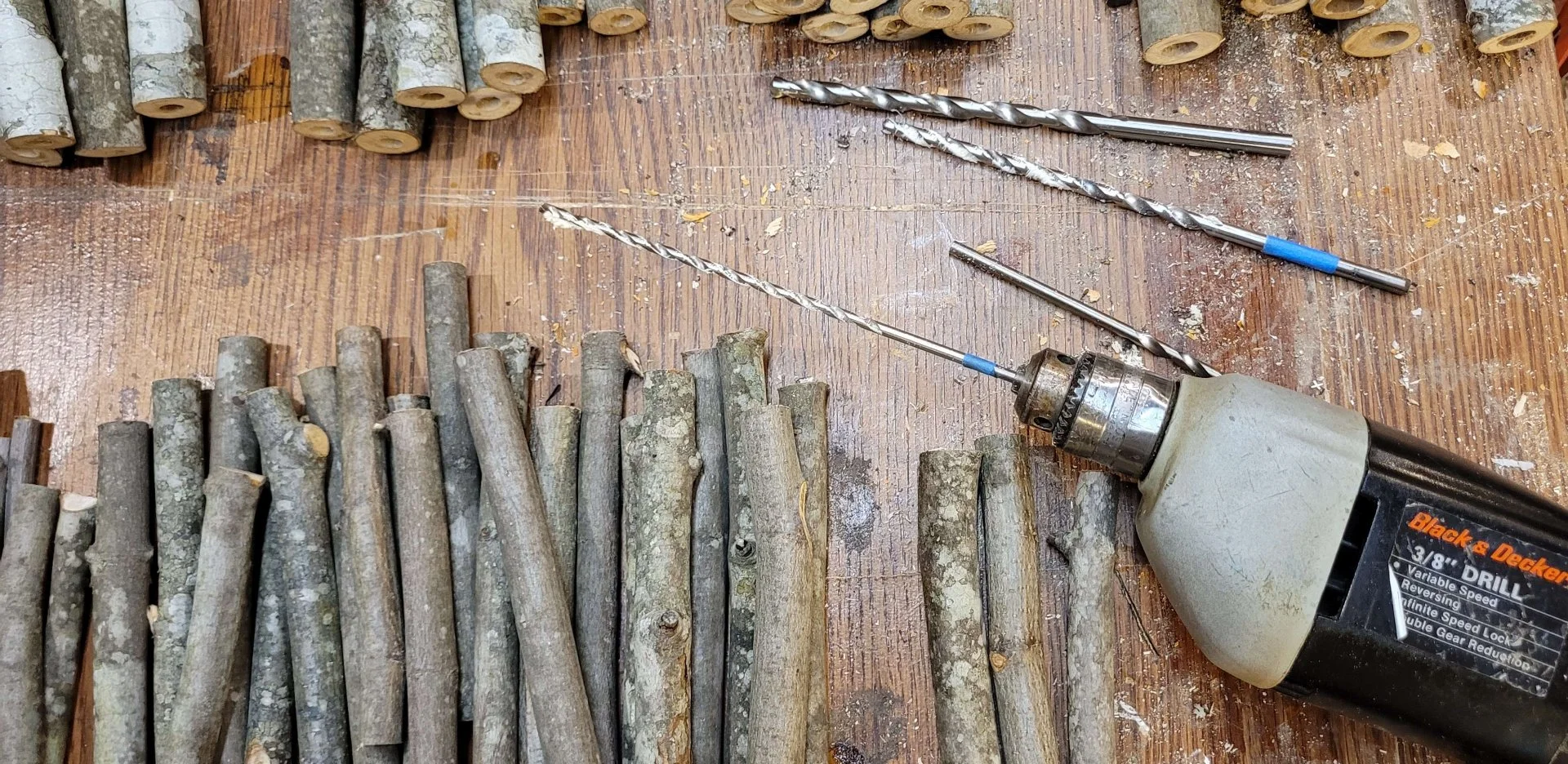 I used the drill press to start the holes then used a set of extra long metric bits in a screwgun to get the full length the bees need 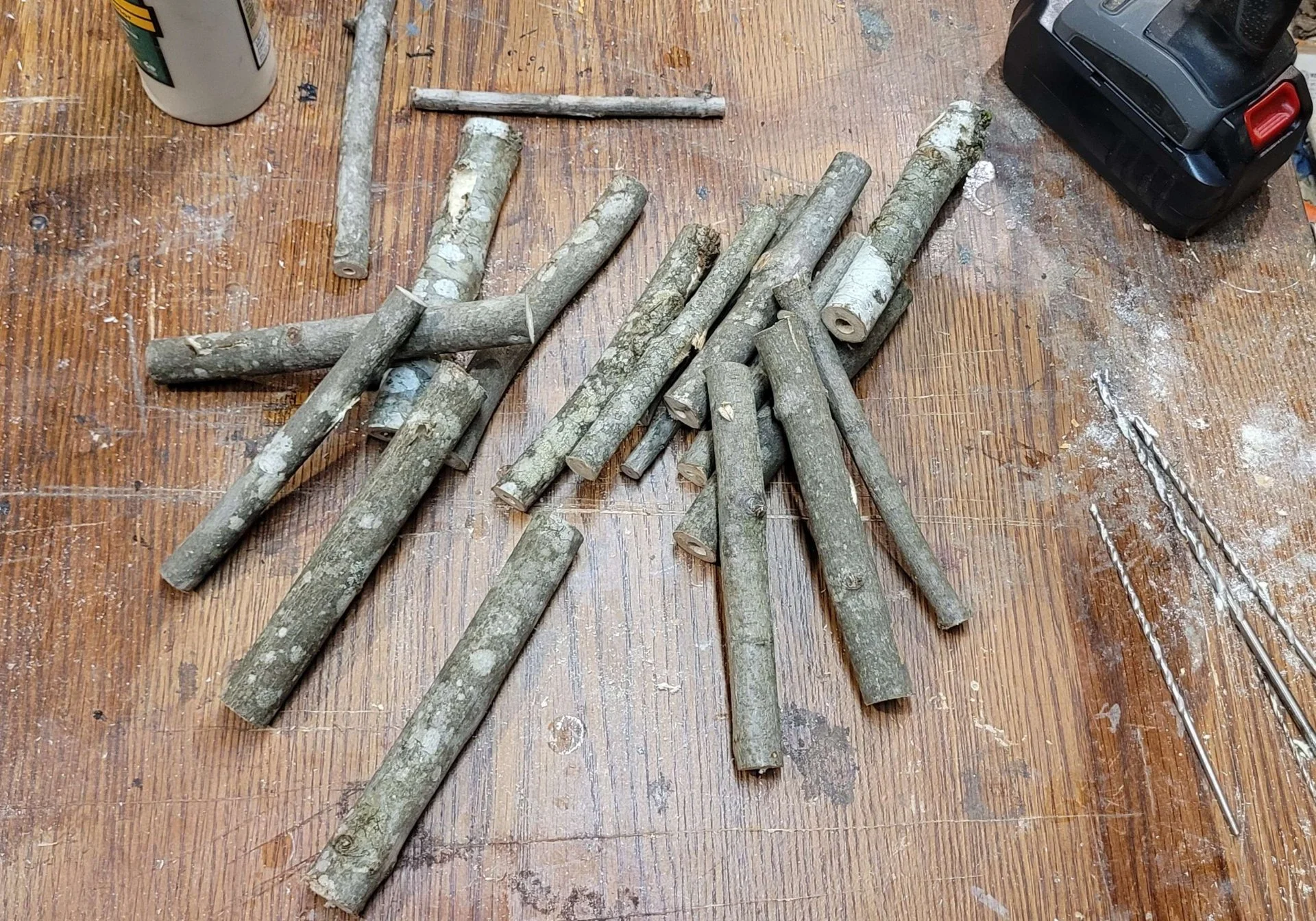 This didn't always go perfectly. I didn't break any bits, but sometimes the holes were crooked enough to punch through the side of the stick and I'd set them aside. Then I just had to bag up what I'd made and replace the sticks in the bee house: 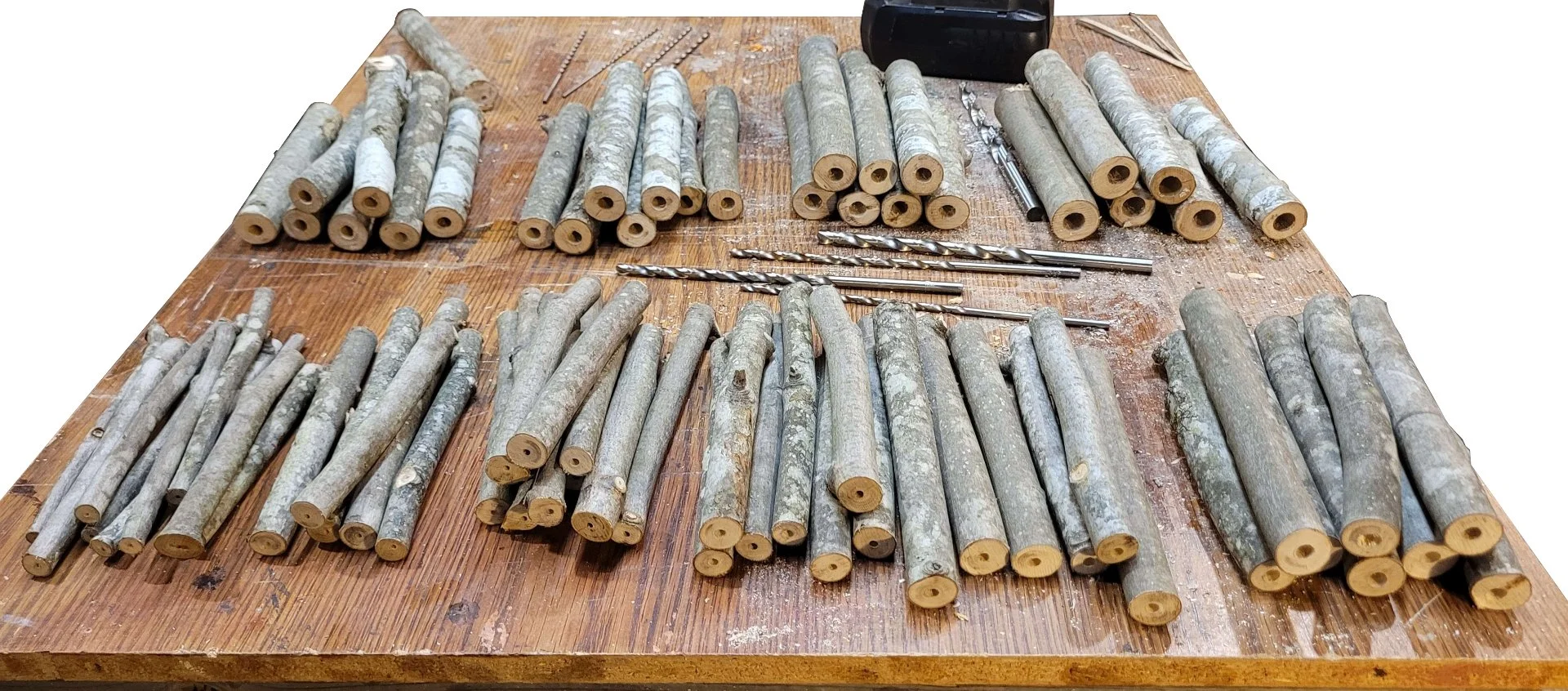 (Background omitted because it's easier than tidying the shop.) I'd thought I'd made enough sticks for two years, but it took almost all of them to fill the bee house. Glad I prepared as many as I did. 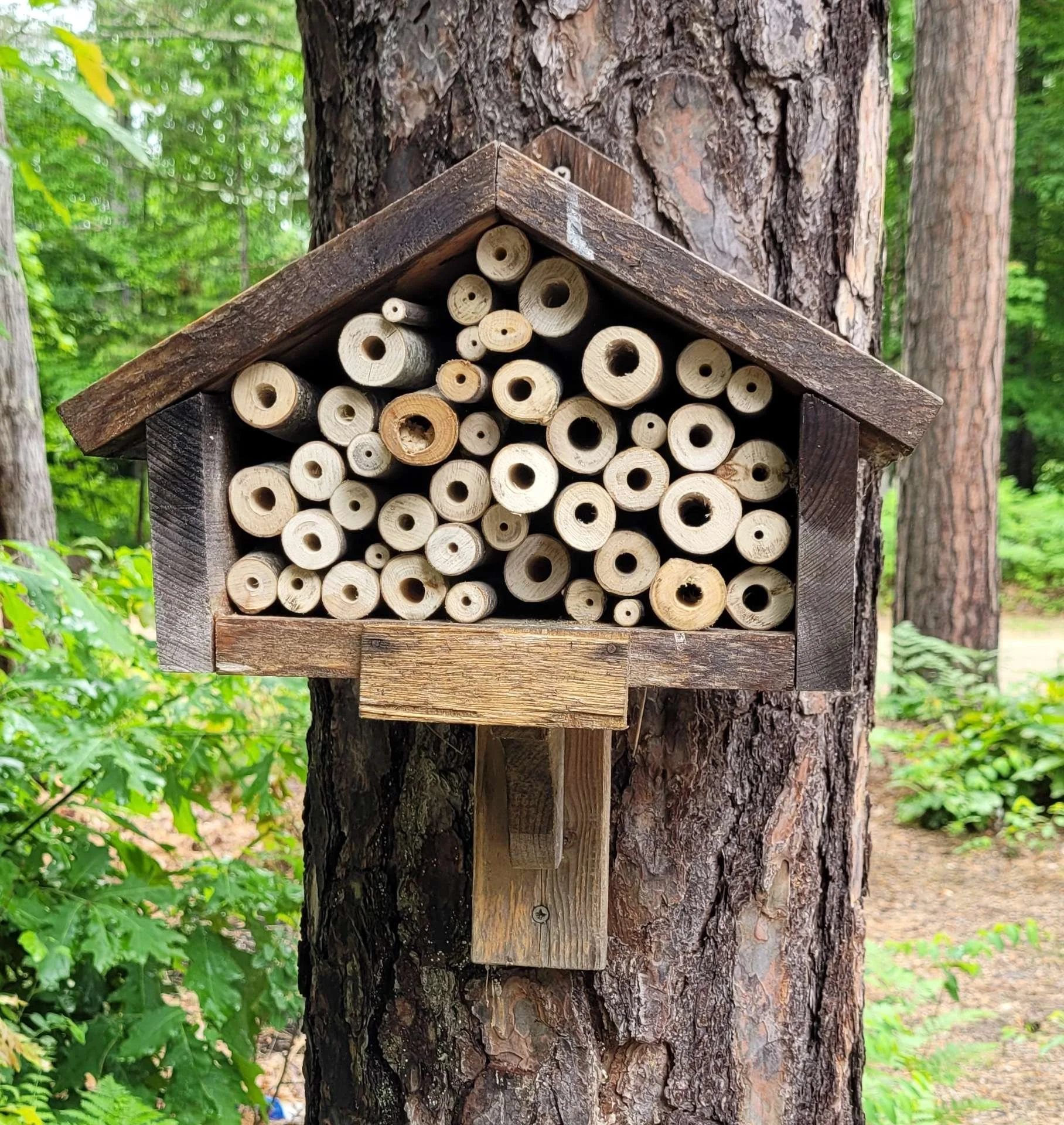 I think I'd call that move-in ready.

[Monarch](https://blog.nwf.org/2023/09/monarch-butterfly-identification-guide/) on rose milkweed, [Asclepias incarnata](https://www.allianceforthebay.org/plants/asclepias-incarnata/). I dug this out myself, roughly 6 feet in diameter and 4 inches deep. Given how fast everything is growing and self-seeding, I'll be able to expand closer to the street next year. [Southeastern USA Plains](https://bplant.org/region/33). This is the last stop for rainwater before the storm drain leading to the Chesapeake Bay.

This is in the [Southeastern USA Plains](https://bplant.org/region/33). The mature plants (seen on the left side) went to seed in the fall. I broke apart the seed heads over the right side in February.
> Firefly populations are declining. These tips can help you turn your yard into an inviting habitat for the bioluminescent stars of summer.

So many flower buds! This is full sun between a brick wall and concrete pathway. Sandy clay, soil is wet in the winter and turns into pottery during the summer. What was four pads four years ago now covers 6 sq feet! Doesn't get much higher than a foot tall and edible. Here's some flowers from last June: 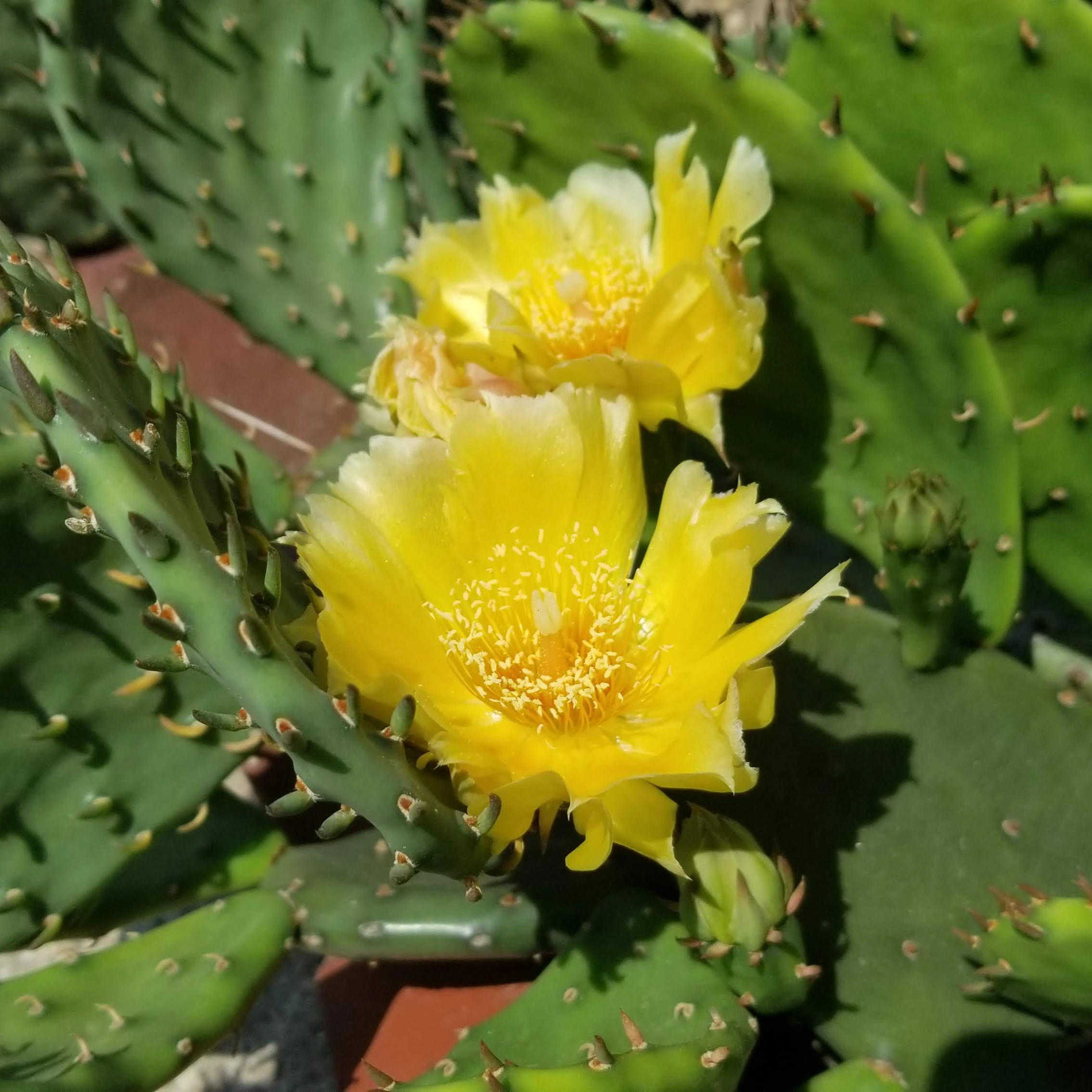 Eastern Prickly Pear, [Opuntia humifusa](https://www.wildflower.org/plants/result.php?id_plant=ophu), is native to Eastern North America. Best for people who enjoy playing the game operation!
Just found out about this law that went into effect in 2021 in MD. HOAs or communities cannot require turf-only landscapes.

In this patch, I'm working towards a mix of violets ([Viola sororia](https://plants.ces.ncsu.edu/plants/viola-sororia/)), nimblewill ([Muhlenbergia schreberi](https://plants.ces.ncsu.edu/plants/muhlenbergia-schreberi/)), white avens ([Geum canadense](https://plants.ces.ncsu.edu/plants/geum-canadense/)), and yellow woodsorrel ([Oxalis stricta](https://plants.ces.ncsu.edu/plants/oxalis-stricta/)). There's also clover, chickweed, mock strawberry and others I'm weeding out. The shrub is an elderberry ([Sambucus canadensis](https://plants.ces.ncsu.edu/plants/sambucus-canadensis/)) which should get 10 feet wide. The top right corner is a mix of Philadelphia fleabane ([Erigeron philadelphicus](https://plants.ces.ncsu.edu/plants/erigeron-acris/)) and orange coneflower ([Rudbeckia fulgida](https://plants.ces.ncsu.edu/plants/rudbeckia-fulgida/)). This is an urban area in the North American [Eastern Temperate Forests](https://bplant.org/region/8). My yard is the lowest point of the street next to the storm drain, a "rain garden" for the block. Here, the violets thrive from deep shade to full sun. They are the host plant for [fritillary butterflies](https://www.fs.usda.gov/managing-land/wildflowers/pollinators/pollinator-of-the-month/fritillary).
>Another good reason for killing your lawn is that once you've done so, you can turn your yard into a literal classroom in order to study things like plant identification and the ecology of the native habitat that once stood where your house is. > >In some ways, planting native plant gardens (which can sometimes include non-native, non-invasive species of plants) are small acts habitat restoration in miniature, sure. > >Equally (if not more) rewarding however is the ability to learn about the plants that together compose your native ecosystem by growing them right in front of you. Grow them throughout their entire life cycle - observe what pollinates them, what disperses the fruits and seeds, what eats them. The rewards from this kind of sh*t can't be overstated.
I hope these type of requests are allowed here. Otherwise just let me know and I'll remove my post. I'm soon moving to a new house and it has a little garden area of 5.5 m wide and 4.4m long. And surrounded by a tall hedge (that I don't want to remove) At the moment, as you can see on the pictures below, it's all tiled. I initially intended to remove about a third of the tiles and make a mos, clover and wild flowers lawn that my cat and dog can use now and then. Then maybe make some tall planteres for wild herbs from stacking the removed bricks up in a square and adding some wood planks. But now i got the idea of asking you guys if you have any better ideas for how to use this space for a little sanctuary for me and my pets. I'd love to see some inspiration, sketches or ideas from you on how i get more use out of this space. Maybe removing the tiles is not the best idea? I live in Denmark so the climate is a bit mixed. I'm not a big gardener type of person so something simple that mostly takes care of itself is ideal. Lavenders, sage, oniongrass types of herbs and Viola tricolor and wild flowers for easy and pretty colors. 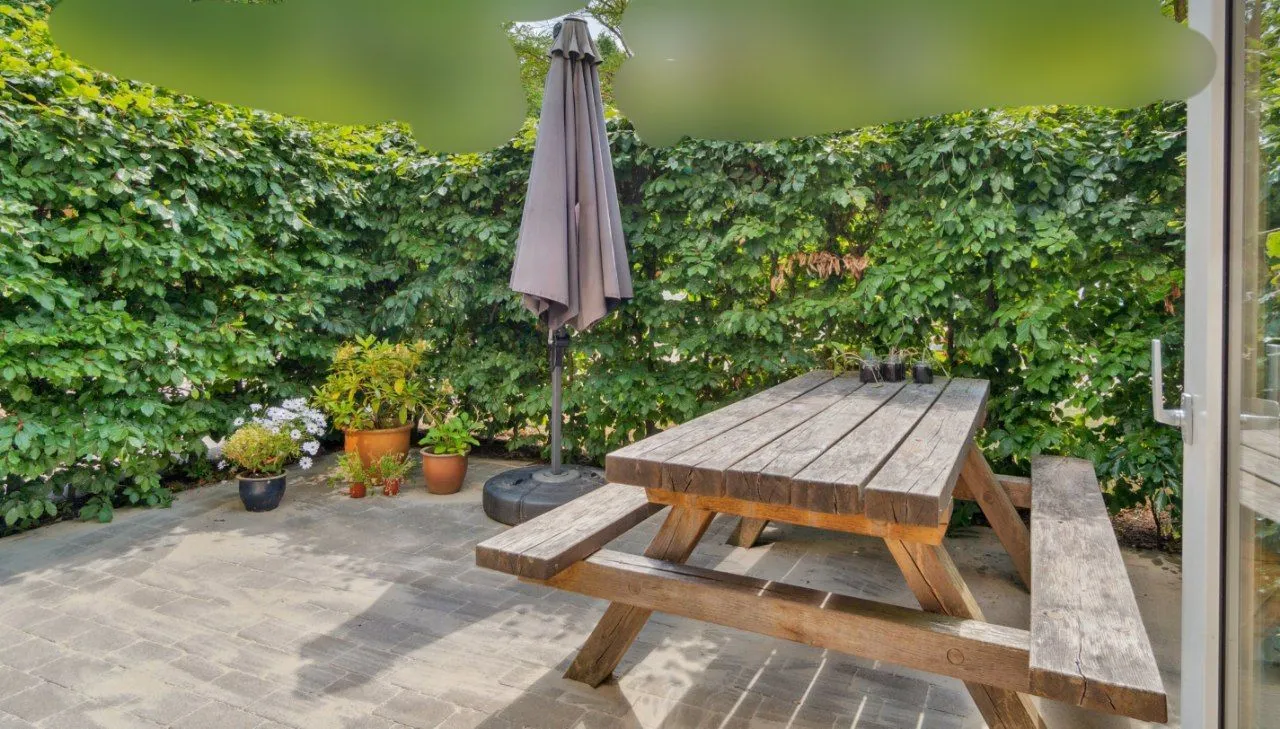 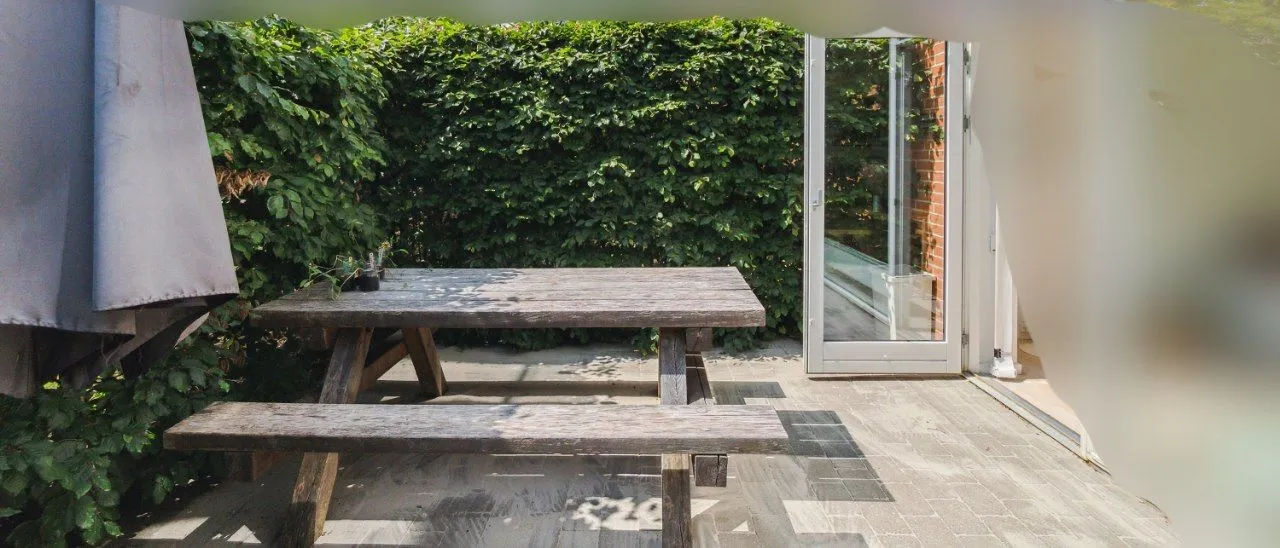
>Gardeners often don’t realize gardens make for great firefly habitat, helping to replace lost natural habitat. The common firefly — the Big Dipper firefly (Photinus pyralis) — readily takes to an organic habitat. The trick is to make your garden as inviting as possible for fireflies to take up residence. >Fireflies spend up to 95% of their lives in larval stages. They live in soil/mud/leaf litter and spend from 1-2 years growing until finally pupating to become adults. This entire time they eat anything they can find. As adults, they only live 2-4 weeks. Females that have mated successfully need a place to lay eggs. They will lay eggs in many spots, but gardens offer an oasis with a source of soil moisture good for larval development. This is a Texas based organization, but many of the plants (or their close cousins) are found across the continent.
No Lawns
!nolawns@slrpnk.netWhat is No Lawns?
A community devoted to alternatives to monoculture lawns, with an emphasis on native plants and conservation. Rain gardens, xeriscaping, strolling gardens, native plants, and much more! (from official Reddit r/NoLawns)
Have questions or don't know where to begin?
- You can check our website
- Or our Reddit wiki
- Our FAQ
- Resources by Country
- Resources by US State
- Doug Tallamy AMA
Where can you find the official No Lawns socials?
Rules
- Be Civil
- Don't dox yourself
- Stay on Topic
- Don't break instance or Lemmy rules
Related Communities
